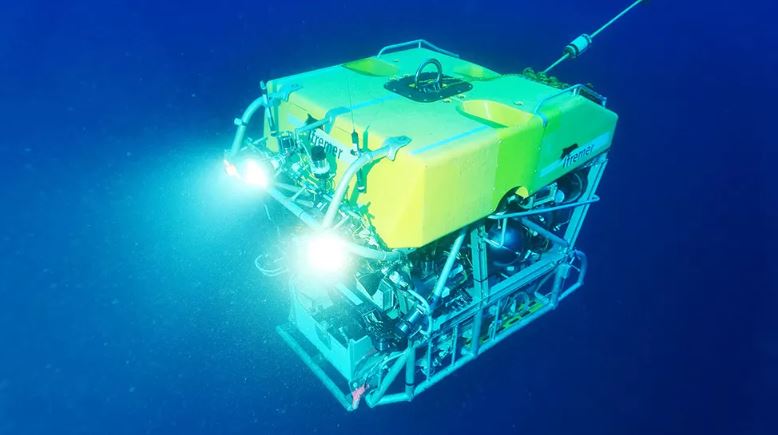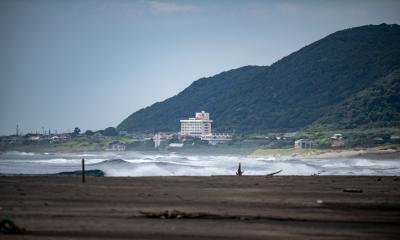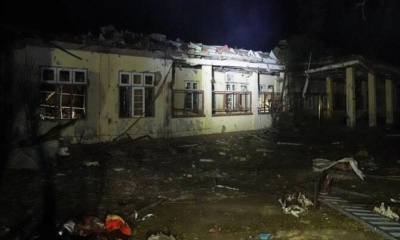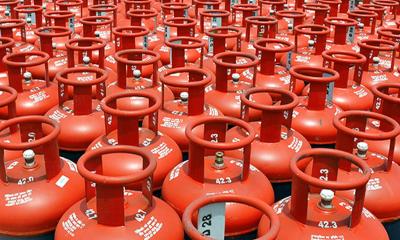After the grim discovery of debris from the Titan submersible on the ocean floor, the focus of the rescue efforts will now be turned towards understanding what caused the accident.
According to Rear Admiral John Mauger, what they found was consistent with a "catastrophic implosion".
This is because they found two patches of debris, one containing Titan`s tail cone and the other its landing frame, suggesting that the vessel blew apart.
To answer the question of why this happened and what could have been done to prevent it, the authorities will be gathering every piece of the debris they can find, according to Ryan Ramsey, former submarine captain in Britain`s Royal Navy.
"There is no black box, so you are not going to be able to track the last movements of the vessel itself," he says, but otherwise the process of investigation is not dissimilar to that of an airplane crash.
Microscopic tears
Once investigators bring the pieces back up to the surface, they will look for the break structure in the carbon fibre structure, which is key to helping them understand what happened in those last moments, he says.
Each piece will be closely examined under a microscope to examine the direction of the carbon fibre filaments, looking for tears which suggest the exact place where the rupture happened.

Image: The debris is believed to include a landing frame and rear cover
The big question investigators will be trying to answer is whether the cause was a structural failure.
If it was, then the submersible would have been subjected to incredibly high pressures, equivalent to the weight of the Eiffel Tower, says Professor Blair Thornton from the University of Southampton.
"We`re talking about a very powerful implosion of the main housing," he says.
If this is what happened, the critical question is whether it was because of a lack of proper testing, as some experts have suggested.
"Carbon fibre fails from internal defects in its construction," says Professor Roderick A Smith of Imperial Imperial College London. The joints between the carbon fibre and the titanium need very careful inspection, he says.
The violence of the implosion means that it may be very difficult to determine the sequence of events, he adds. "Hence the need for retrieval and painstaking examination if possible."
It is unclear at this stage which agency will lead the investigation as there is no protocol for such incidents with a submersible.
Admiral Mauger said that it was particularly complex because the incident took place in a remote part of the ocean involving people of many different nationalities.
But since the US coastguard has played a leading role in the operation so far, it is likely to continue to play an important part.












-20251219122251.jpeg)






















-20251216090625.jpeg)
-20251218165258.jpeg)


